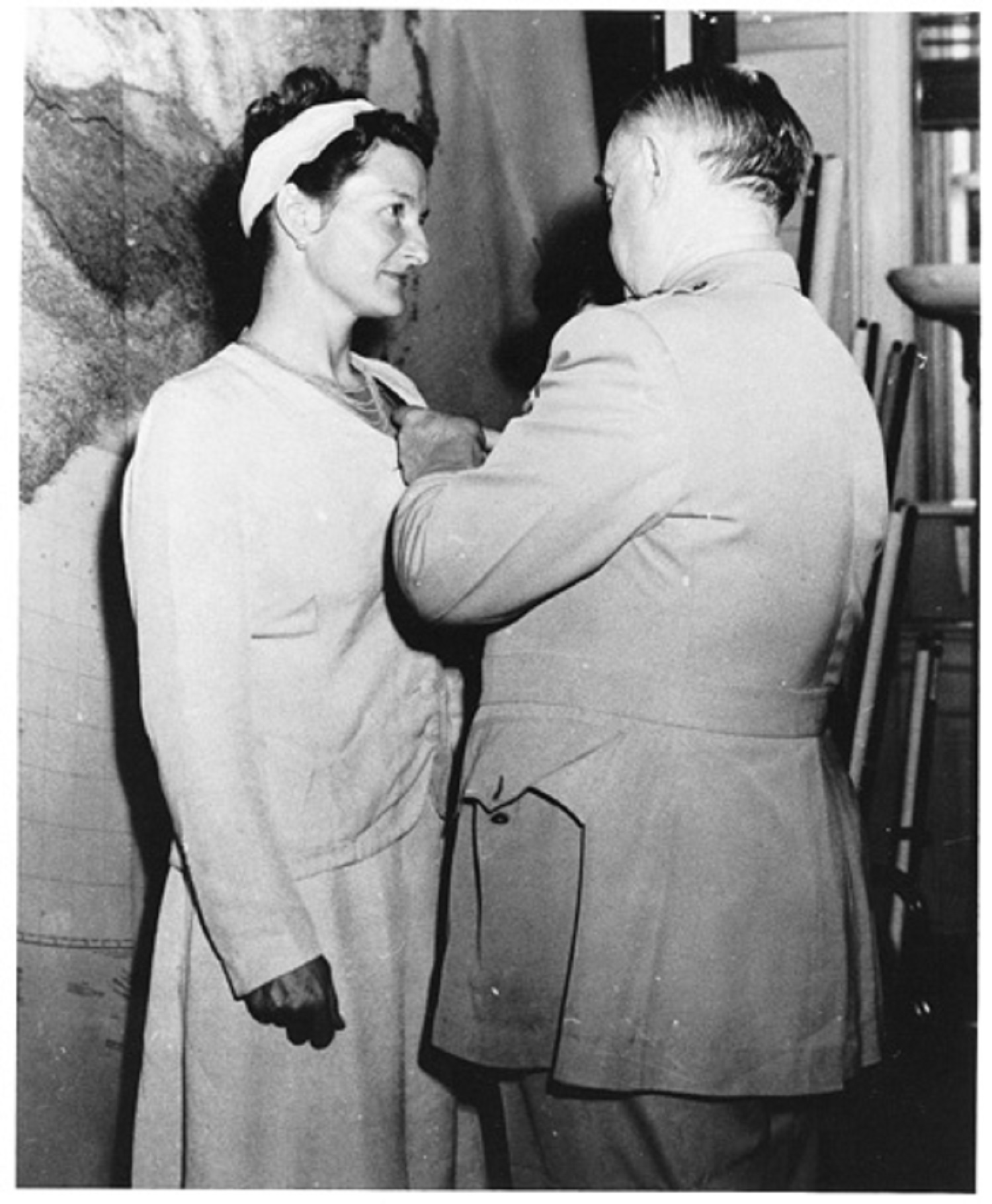 |
| Add caption |
During World War II, Germany
was not the only country on an invasive path. The Soviet Red Army was pushing
west. On November 30, 1939, the Red Army invaded Finland. What ensued became
known as the Winter War. The Red Army met with some serious opposition, which
they likely did not expect. It is estimated that Finnish soldiers killed more
than 100,000 Soviet soldiers. This number was exponentially higher than Finnish
losses during the Winter War. One of the Finnish soldiers responsible for the
amazing defense Finland put up was a small (little more than 5' tall) man by
the name of Simo Hayha.
Simo Hayha was born in 1905
or 1906 in Rautajarvi, Finland. His was a simple life of farming and hunting
with his family. He joined the Finnish Army in 1925 and completed his mandatory
year in the service. By the time the year was over, Hayha was a corporal. When
the Red Army invaded in 1939, Hayha was called up to serve with the 6th
Company of JR34. He served on the Kollaa
River during what became known as the "miracle of Kollaa." The
Finnish Army was grossly outnumbered and yet the area was held for the duration
of the conflict.
During the winter of
1939-1940, Simo Hayha served primarily as a sniper. He has said that his weapon
of choice was a Mosin-Nagant Model 28. However, he has been photographed with a
Mosin-Nagant Model 28/30. Either way, his sniper rifle was iron-sighted. This
means that he did not use a scope, but essentially a couple of prongs of metal
lined up on the top of the barrel. With this, he reportedly killed many Soviet
soldiers, possibly hundreds, at a distance of more than 400 yards.
Another weapon that Simo
Hayha was talented with was a Suomik 31 SMG (sub-machine gun). He is credited
with killing roughly 200 men with this weapon. Nonetheless, Simo was a much
more accomplished sniper. His skill and technique are still amazing us 70 years
later.
Simo Hayha had hunting
Soviets in Finland down to a science. He knew it was cold and that the bright
sun will glint off glass, so he opted out of using a scope. The cold could have
broken or fogged up the glass in his scope and the glint would have given away
his position. In fact, this is how he spotted many of his targets. He would
also pack his mouth with snow to keep his hot breath from giving him away in
the freezing cold Finland winter. Simo Hayha was working in temperatures that
were consistently below zero, after all. Another technique Simo had was to
shoot from a sitting position. This is odd for a sniper, but he says it helped
because he was so small.
Simo Hayha was so good at his
job that he became known as the "White Death." His white camouflage
(suitable for snowy battlefields) and insane kill count led to this arguably
intimidating moniker. What kill count can be considered insane, you ask? Well,
Simo Hayha is credited with killing at least 705 Soviet soldiers with his
sniper rifle (remember, he killed roughly 200 with his SMG). This makes him the
most successful sniper in history. Moreover, he was only fighting for close to
100 days. That means he killed an average of seven men per day with his sniper
rifle alone.
The killing streak ended for
Simo Hayha on March 6, 1940, when a Red Army sniper shot him in the face with
an exploding bullet. Teams of snipers had been sent to kill Hayha before then
and the Red Army had even resorted to using artillery against him. They had not
so much as injured him. However, the exploding bullet that hit him in March
tore off part of his face. He was carried away by his fellow soldiers, but not
before killing the man who shot him, according to Hayha. He then drifted into a
coma for a week. The day he woke up, March 13, 1940, was the day the Winter War
came to an end.
Simo Hayha spent his later
years breeding dogs and hunting moose. He died on April 1, 2002. He was
96-years-old.
Sources
Tuco, Simo Hayha, retrieved
8/4/10


_RIP_(8403714206).jpg)
.jpg)
_Lazowski%2C_Poland.jpg)